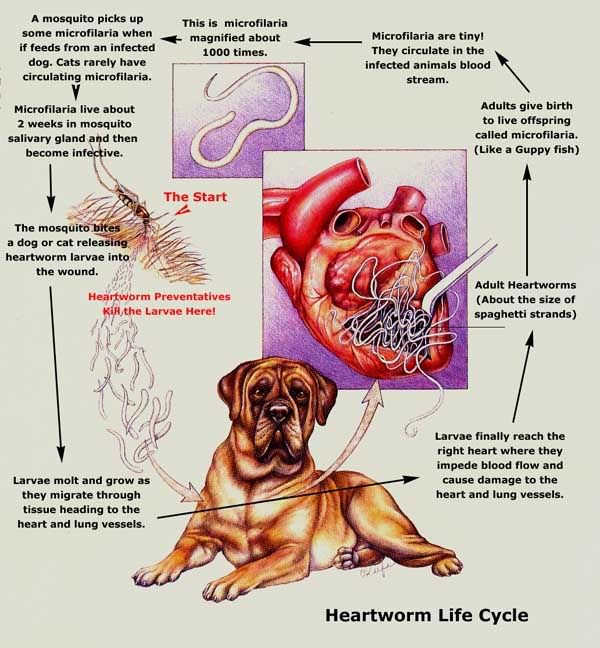The Agri-Food & Veterinary Authority (AVA) licenses the keeping and display for sale of pets to safeguard the welfare of animals.
All pet shops are required to have a pet shop licence and to comply with licence conditions. In spite of this, and despite strict enforcement of the licence conditions, AVA continues to get complaints against pet shops. Many complaints relate to pet operator’s poor knowledge and giving incorrect pet care advice to customers, poor customer service and poor business ethics.
To raise the standards of animal welfare and professionalism of pet shops, AVA will grade pet shops according to their compliance with licence conditions and their adoption of best practices. The grading will give the public better assurance that the pet shop they patronise is of a good standard. The grading will also promote responsible pet ownership through better customer education and information dissemination.
For a start, AVA will grade pet shops selling dogs, cats and small mammals by 31st March 2007. All shops will start with a clean slate. Offences committed prior to 31st March 2007 will not be factored into the grading:
rades will be allocated according to a Combined Percentage Score (CPS) achieved. The formula for calculating the CPS is as follows:
CPS = (% score for compliance with licence conditions x 80%) + (% score for adoption of best practices x 20%)
Compliance with licence conditions will have 80% weightage while adoption of best practices will have 20% weightage in the CPS.
Grades will be allocated as follows:
Grade D: CPS < style="font-style: italic;">Example One
Score for licence condition compliance = 90%
Score for adoption of best practices = 20%
CPS = (0.9 x 80) + (0.2 x 20) = 76
Score for licence condition compliance = 100%
Score for adoption of best practices = 50%
CPS = (1.0 x 80) + (0.5 x 20) = 90
The grade will be reviewed at licence renewal or when the shop is compounded for an offence. When a shop is compounded for an offence, it may or may not be downgraded. This will depend on whether the CPS changes, which will depend on the number of offences and whether the offence is major or minor. Pet shop licence conditions are grouped into three categories as follows:
2. Management & Healthcare
3. Regulatory Requirements
Any breach of licence conditions listed under “Housing & Environment” and “Management & Healthcare” will have an immediate and direct impact on animal welfare. As such, any breach of these conditions will be considered a major offence. On the other hand, a breach of a condition listed under “Regulatory Requirements” will not have a significant impact on animal welfare and will be considered a minor offence. 10 CPS points will be deducted for a major offence while 5 CPS points will be deducted for a minor offence.
Below are examples of how the grade may or may not be affected by action taken for an offence committed by the shop.
A Grade A pet shop has a CPS of 95. If it is compounded for a minor offence, its CPS will drop to 90 but it will not be downgraded. If it is compounded for a major offence, its CPS will drop to 85 and it will be downgraded to B.
A Grade B pet shop has a CPS of 85. If it is compounded for a major offence and a minor offence, it will lose 15 CPS points, giving it 70 CPS points. It will remain as a grade B pet shop. However, if it is compounded for two major offences, it will lose 20 CPS points, giving it 65 CPS points. It will thus be downgraded to a C.
After a shop is downgraded, it can request re-grading one month after the downgrade. This is to encourage downgraded pet shops to take immediate steps to improve.
Implications of a lower grade
Routine inspections of lower grade pet shops will be conducted more times per year. Therefore a Grade A pet shop will be inspected once a year (at renewal) and a Grade B shop two times a year, whereas a Grade C shop will be inspected three times a year and a Grade D shop more than three times a year. Besides having to be inspected more times a year, the licensee and shop staff of Grade D pet shops will be required to attend remedial training. A pet shop that is consistently graded D may also not have its licence renewed.
Automatic D Grade
Pet shops that have been prosecuted and convicted under Animals & Birds Act 2002, Animals and Birds (Pet Shop and Exhibition) Rules 2004, Wild Animals & Birds Act or Endangered Species Act will be automatically graded D.
Publication of pet shop grades
Pet shop grades will be put up at AVA’s website at www.ava.gov.sg. The pet shops will also be required to display their grade in their shop premises. Any queries can be directed to
6471 7198 or E-mail to ava_cawc@ava.gov.sg.


